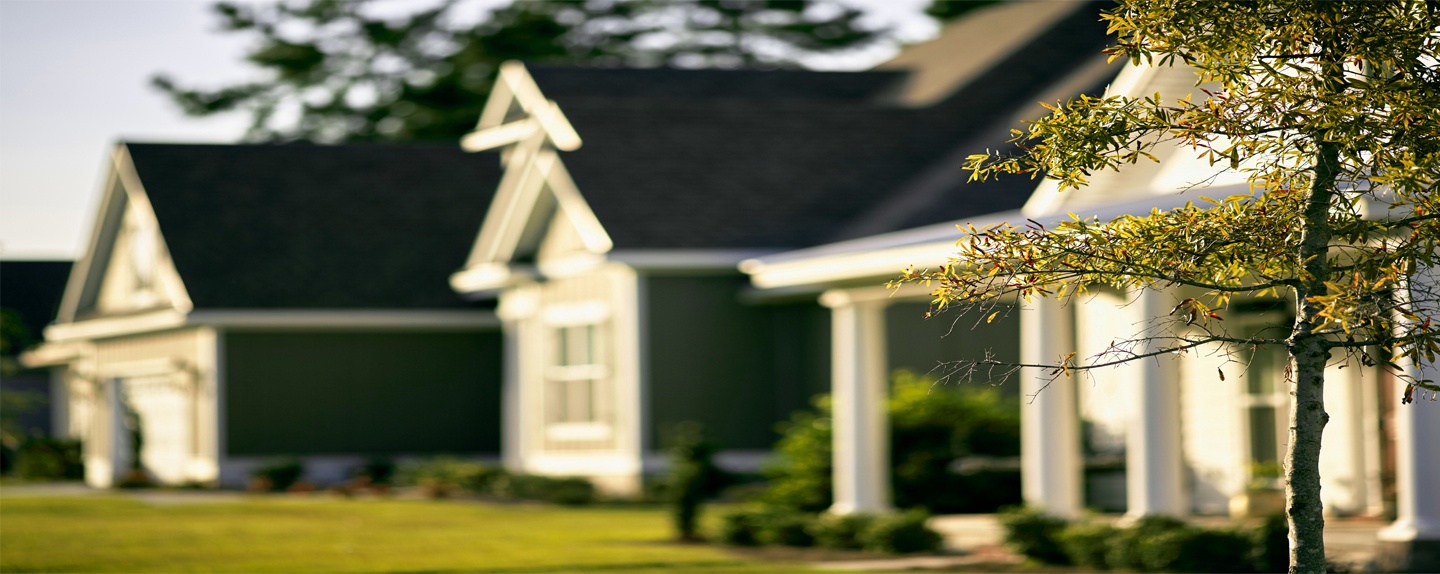Crabgrass is a grassy weed that is very common in North Shore lawns. It is an annual weed, so it is very important to prevent it, because if it gets the chance to germinate and grow it just multiples. An annual weed means that it seeds, spreads, and regrows every spring. Crabgrass is a little tougher to take care of because the time to treat it differs from year to year based on soil temperatures. This may be a tricky weed, but we know some of the tips and tricks to keep it away and keep your lawn looking good. Here are three crabgrass control methods to help you out this year.
Crabgrass Preventer
The best way to get rid of crabgrass is to treat it before it even pops through the surface of your lawn. You can use crabgrass preventer, or pre emergent herbicide to create a barrier to make sure that the crabgrass cannot germinate and escape through the soil. The pre emergent herbicide attacks an enzyme in the crabgrass that is only present before the weed is in the stages of germination, which is why timing of the preventer is very important to make sure crabgrass does not pop through the soil.
You want to be sure to not apply the pre emergent herbicide too early or too late, so it can be a little tricky. If you apply the crabgrass preventer too early, the rain will wash it away or too deep into the soil before it has the ability to attack crabgrass seed. If you apply pre emergent herbicide too late, the active enzyme will no longer be in the crabgrass for the product to be able to effectively kill the crabgrass. The best time to apply the pre emergent herbicide is when the outside air temperatures have been 60-70 degrees fahrenheit for four consecutive days. The warmer air temperatures will make for good soil temperatures. The soil needs to reach 57-64 degrees fahrenheit for the crabgrass preventer to be most effective to keep the crabgrass out of your lawn.
You can use the forsythia trees in your neighborhood to help determine the best time to start your crabgrass control treatment. When the forsythia trees are in full bloom, this means the soil temperatures have risen to a level where pre emergent herbicide can be applied to your lawn to keep the crabgrass away.
Fill In Bare Spots
Crabgrass is a weed that thrives under many conditions like high heat and high sunlight. It also loves to grow in those spots in your yard where the soil is exposed and there is not much grass covering the area. These bare spots are crabgrass breeding grounds where they will begin to take over your yard. The simple fix is to fill in the bare spots and thicken up the thinning areas of your lawn.
Spring is a good time to spot seed around your yard. Once you figure out what type of grass seed you need to buy to match the rest of your lawn or what will grow the best in that area of your yard, you can start filling in those spots. The process of seeding bare areas is pretty simple, it just takes a little bit of labor and some time. You will have to rake the exposed soil, or dig up a few inches and apply some top soil to improve the soil quality. After planting the seeds, you will have to water the area regularly and follow any other recommendations there are for that type of grass seed. Be sure to space out your crabgrass preventer and seeding, herbicides will kill the new seeds and not allow the new grass to grow. It is possible to combine two treatments, and do fertilizer and pre emergent, aka a "weed and feed" mixture to maybe save you some time on your lawn care.
Fertilizing your lawn will help with crabgrass control too. A thin lawn leaves plenty of room for crabgrass to move in between the grasses. Fertilizer supplements the nutrition that your grass needs, but the soil in your yard does not provide it naturally. Feeding your grass the food it needs will help it grow thicker and stronger, making it easier to fight off any weeds like crabgrass. Getting on a regular fertilizing program that will go from early spring to late fall will benefit your lawn in so many ways, it will give you a thick, lush, green, and beautiful lawn that will be very resilient to weeds and diseases.
Be Mindful Of The Barrier
When the sun finally starts to come out and the sweaters are put back in the closet, as you begin working on your lawn in the spring there are a few things you should be mindful of. You want to avoid churning up the soil in your yard as you work outside during the month of May. The pre emergent herbicide that you put down creates a barrier towards the top of the soil, like a protective sheet. Any mixing or churning of the soil will break up that crabgrass preventer barrier and put it too far deep into the soil. Breaking the crabgrass preventer barrier will make the treatment ineffective and allow for the crabgrass seeds to germinate and spread all over your yard. The last thing you want is to spend all of the time and money of applying a treatment, then have it all go to waste. Being mindful of not disturbing the soil will protect the barrier created by the crabgrass control preventer and keep out those pesky weeds.
Have Questions?
If you're looking for more information on crabgrass or just ready to speak to someone about your lawn care needs in the North Shore area for the upcoming season, go to www.GrassmasterPlus.com or call 978-769-3595 today!

